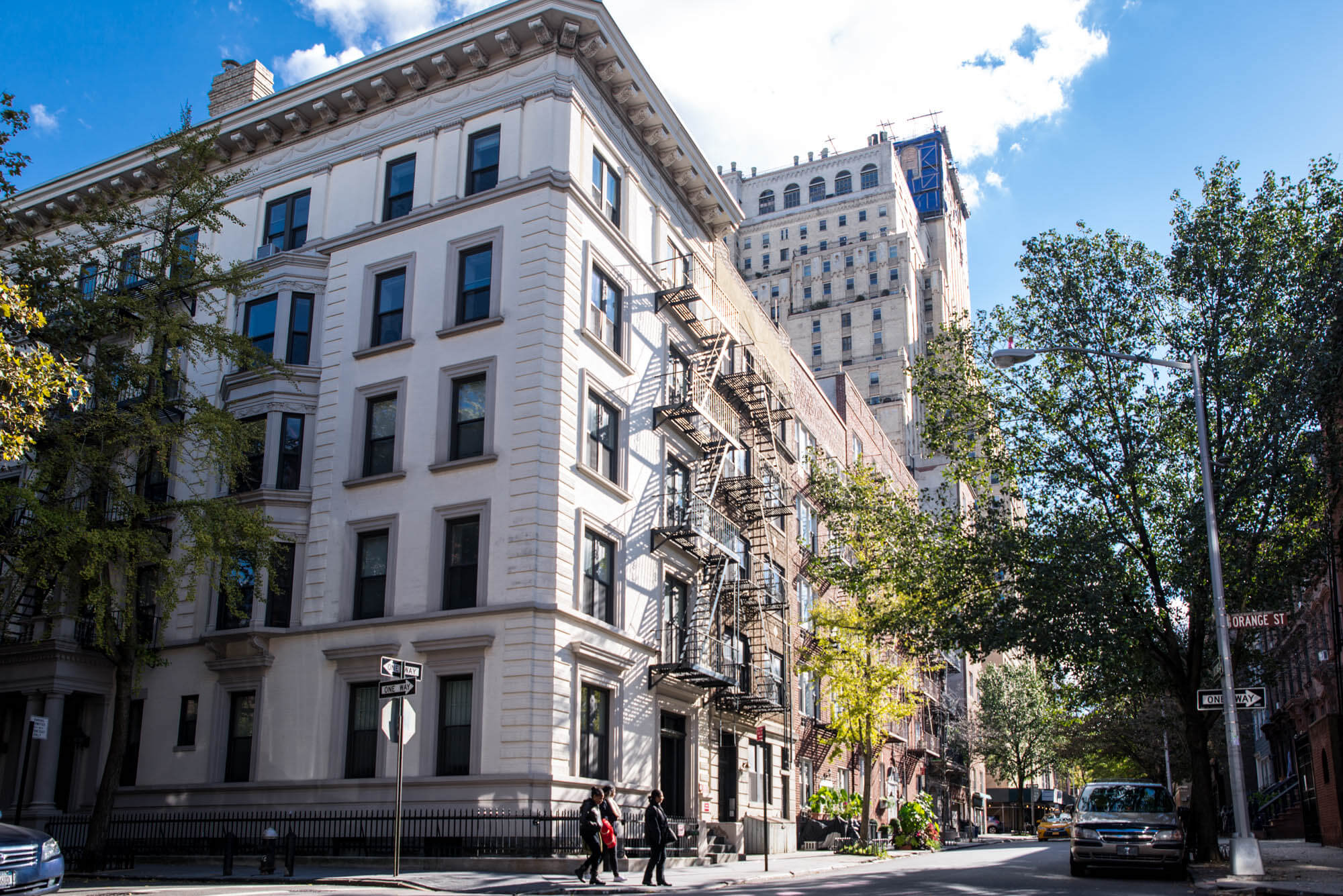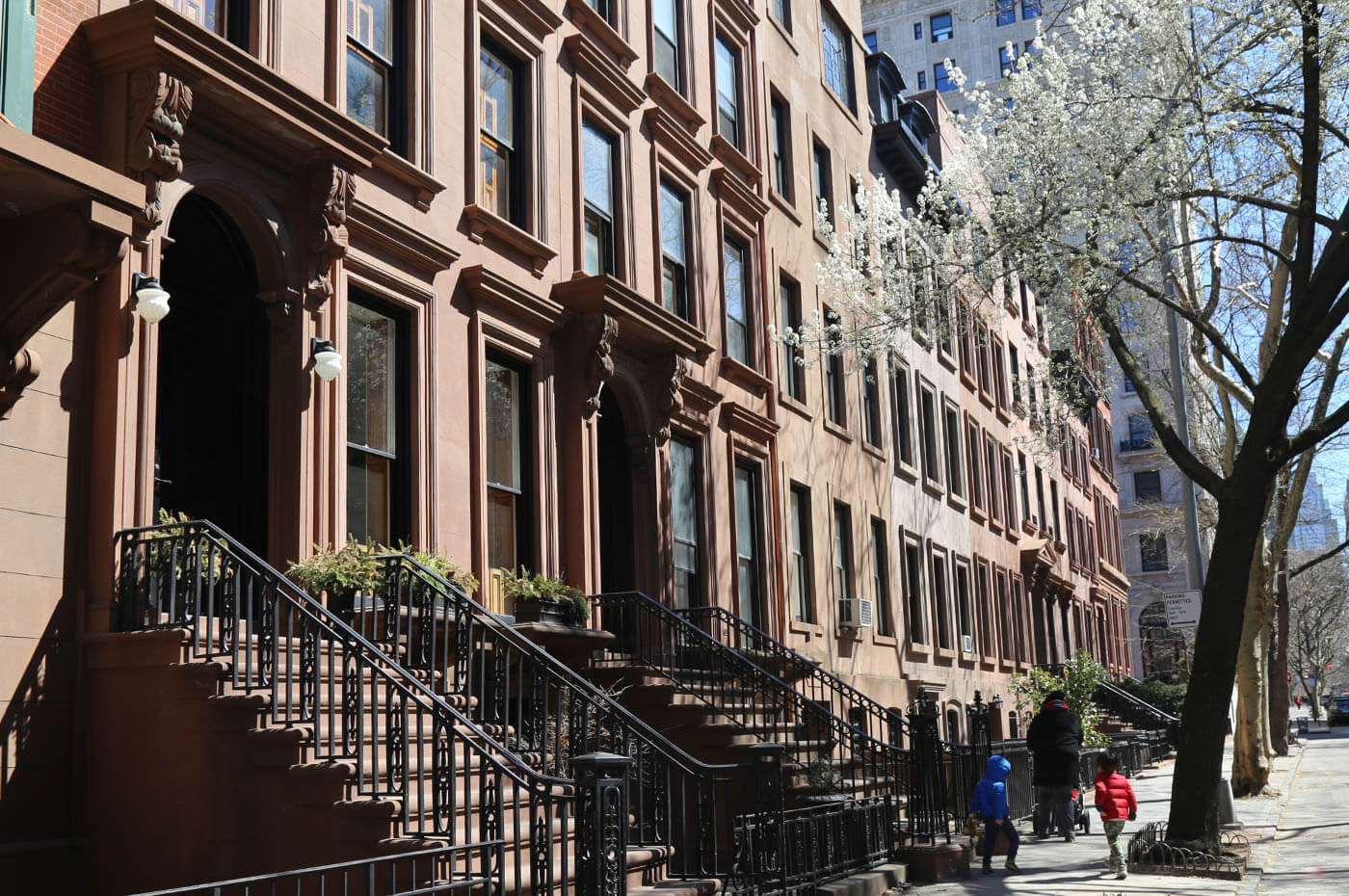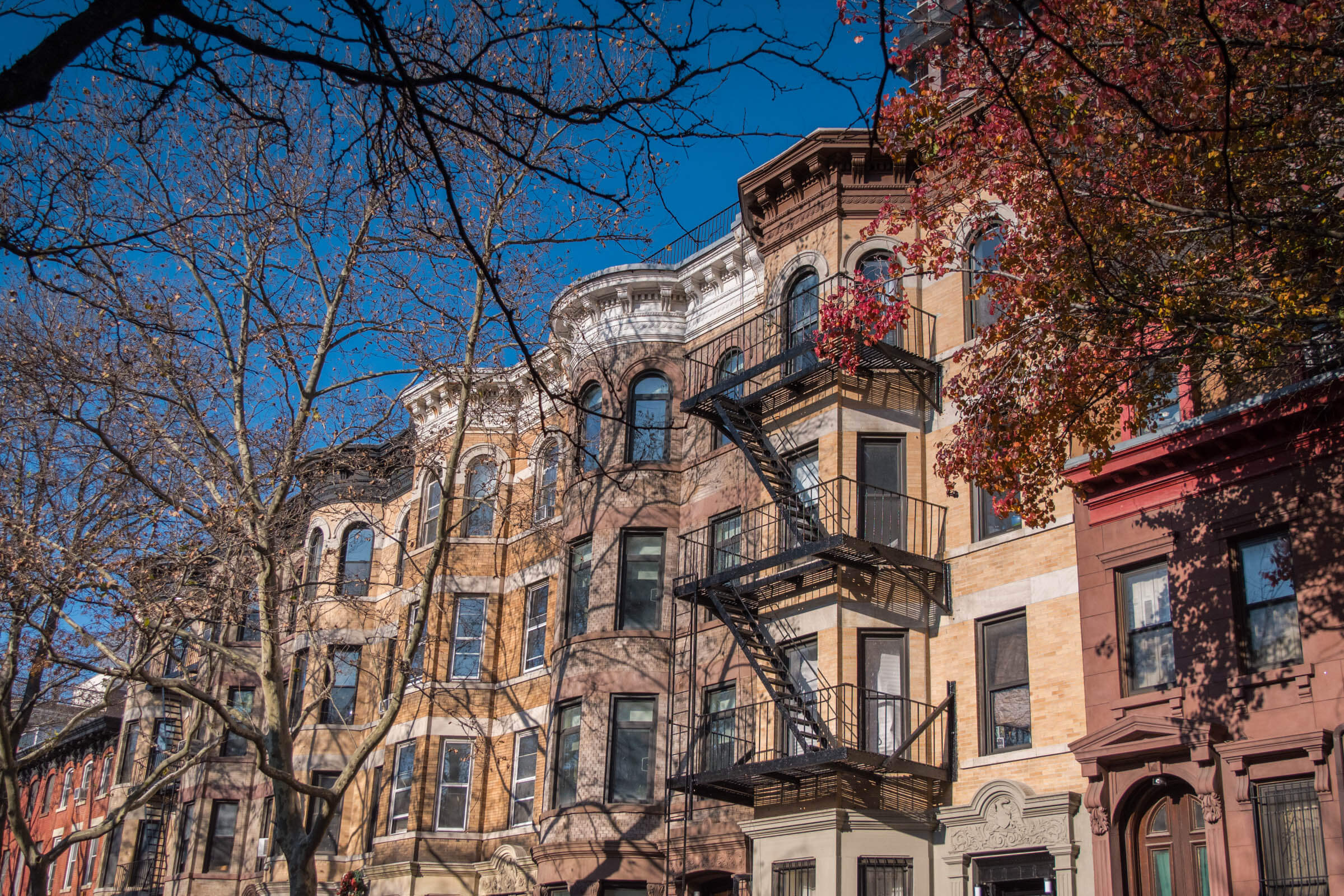7 of the Most Important Facts About Historic Preservation and Its Effects on Our City
Historic preservation is not without controversy. Is it elitist? Does it hasten gentrification? Now, three new studies have looked at the facts.

Prospect Heights. Photo by Mary Hautman
What exactly is the value in preserving the city’s historic structures? Is it a good thing? A bad thing? Only good for rich people?
A trio of separate studies by the New York Landmarks Conservancy, NYU Furman Center and Historic Districts Council, two of which were released this month and one in March, offer some of the most comprehensive attempts to quantify the impact of historic preservation. Examining everything from economic effects to demographics and housing costs, the studies provide an arsenal of fascinating data points reflecting how historic districts shape New York.
“The conversation about the effects of landmark designation has been strong on opinions but weak on facts,” said Simeon Bankoff, Executive Director of Historic Districts Council, in a statement. “These reports demonstrate the need for more information in reassessing preservation public policy.”
Read on for seven of the most compelling details.

1. Historic preservation has a positive economic impact.
“More than $800 million is invested annually in New York’s historic buildings, creating jobs for 9,000 New Yorkers and providing paychecks of over $500 million each year,” according to the New York Landmarks Conservancy findings. Because rehabbing an old building is labor-intensive, the report argues, more of the money from these projects feeds back into the local economy. That’s when you compare it to new construction where the bulk of the expense is in materials, not labor.
2. Historic districts attract creative workspaces.
“Jobs in creative industries are disproportionately found in historic districts,” according to the New York Landmarks Conservancy report. As we know, the city is a hotbed for artists, designers, and other creative workers who help make New York a vibrant place. According to the analysis, creatives seek out older buildings in part because they believe the unique spaces and rich historic details help foster creative thinking.
3. Historic districts have a greater residential density than the borough average.
“Historic districts are the densest residential neighborhoods in every borough of New York City, usually having a density of two to three times that of the borough overall,” found the New York Landmarks Conservancy analysis. While the report details how skyscrapers can add density to a neighborhood, the study reported that many luxury developments created just a few hundred units, not enough to increase density beyond what low-rise historic districts already have.

4. Residents of historic districts tend to be wealthier, more educated, and white.
This point could add fuel to the argument that historic preservation is elitist. In Brooklyn and Manhattan, the mean household income in a historic district was more than double the income of households elsewhere in the borough, according to the NYU Furman Center study. Residents of Brooklyn’s historic districts are twice more likely to have a college degree that residents elsewhere, and 63 percent of historic district residents in NYC are non-Hispanic white, as opposed to 30 percent in non-historic districts.
5. Historic districts have a greater proportion of market-rate rental units.
“Within historic districts, 56.6 percent of multifamily rental units were market rate, as compared to 30.5 percent of rental units on lots unregulated by the LPC,” reported the NYU Furman Center analysis. This is due in part to a lower number of public housing units in historic districts as compared to non-historic nabes. In fact, just 0.3 percent of multi-family rentals in historic areas are dedicated to public housing, compared to 12.1 percent elsewhere.
6. New developments in Brooklyn’s historic districts had a greater proportion of subsidized units.
New construction within Brooklyn’s historic districts created a larger percentage of subsidized units, as did Manhattan and Staten Island, according to the Historic Districts Council report. In fact, “Twenty-seven percent of the subsidized rental units located in historic districts in New York City were developed after the historic district was designated,” the analysis found.
7. Historic districts’ subsidized units remain affordable even after designation.
The rates of affordability subsidies were maintained at 74.6 percent — slightly better than the city’s average for non-designated areas, according to the Historic Districts Council report. Additionally, historic districts in Brooklyn and Manhattan retained a greater number of subsidized units over time than non-historic areas.

Read the full New York Landmarks Conservancy economic study here: Historic Preservation: At the Core of a Dynamic New York City [PDF].
Read the full NYU Furman Center Report here: 50 Years of Historic Landmarking in New York City.
Read the full Historic Districts Council report here: The Intersection of Affordable Housing and Historic Districts [PDF].
Related Stories
Is Historic Preservation Elitist?
Creative Job Stats Every Brooklynite Should Know
Young East New York Native Fights to Preserve Neighborhood’s Historic Gems
Email tips@brownstoner.com with further comments, questions or tips. Follow Brownstoner on Twitter and Instagram, and like us on Facebook.





What's Your Take? Leave a Comment